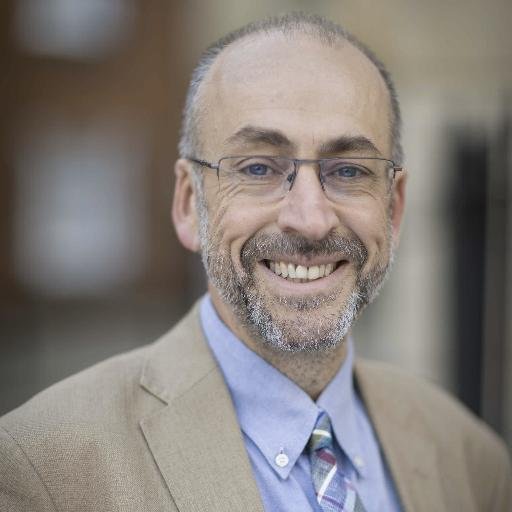Digital citizen, digital patient: EMIF is bringing the power of numbers to dementia research
An interview with Simon Lovestone, Professor of Translational Neuroscience at Oxford University, UK
Digital citizen, digital patient: EMIF is bringing the power of numbers to dementia research
An interview with Simon Lovestone, Professor of Translational Neuroscience at Oxford University, UK

Making data repositories visible and easy to access is transforming translational research in Alzheimer’s disease. “You can answer questions that you couldn’t before,” says Simon Lovestone, academic lead of the programme.
The work the European Medical Information Framework Alzheimer’s Disease (EMIF-AD) programme has done in promoting interoperability, agreeing a governance structure and compiling a catalogue of relevant data repositories, has both opened the way to data sharing amongst researchers and established a role model of open science in action, according to Simon Lovestone, Professor of Translational Neuroscience at Oxford University.
“It has made a profound difference to my research and created a generic framework that could be applied to other diseases areas,” he says.
Firstly, the EMIF-AD catalogue of research cohorts and health care records data has made data visible. This is making a huge impact on Lovestone’s own work and Alzheimer’s research as a whole, he says. “There was all this data in Europe and I didn’t know it existed.”
Mapping data resources is the starting point. Secondly, EMIF has developed processes enabling researchers to access the data in the catalogue, whilst at a technical level interoperability standards make the data usable.
“You can pull information from diverse data sets together, including electronic health records. It is possible to answer questions that you couldn’t before,” Lovestone says. He has just started a project in which historical research data and real world patient data will be analysed together for the first time, an “exciting development” that would not previously have been possible.
Pulling together and analysing historical data from diverse data sets can generate new insights. However, that is not the end of the story. Informed by such analyses, researchers can request stored biological samples relating to research cohorts.
“This amplifies the value of EMIF; it does not only make data visible and accessible but also provides the means to go back to samples from individual subjects,” says Lovestone.
It may also be possible to collect new data from subjects or to identify and recruit people for clinical studies.
EMIF provides a foundation for future research in which real world evidence, from wearables, patient reported outcomes and so on, can be captured and fed into analyses, Lovestone says. “EMIF does not only generate value from past research, it is also providing the starting point for new avenues of research.”
EMIF-AD reads across to two large European Alzheimer’s disease research programmes, Dementia Platform UK and the Innovative Medicines Initiative’s Alzheimer’s Disease Research Platform. “This again illustrates the value of the EMIF programme; these successors have not had to reinvent the wheel in fostering collaboration and pooling of data,” Lovestone said.
At the same time, EMIF-AD and its counterpart EMIF-Metabolic, have created model frameworks for data sharing in other fields, Lovestone believes. “We have demonstrated the utility. EMIF is a generic framework and could be applied to other diseases.”
The principle of open science may be laudable but it can be difficult to put into practice. On one hand, people who have spent an entire career creating and curating a data repository may understandably be reluctant to give others access. Even for the willing, sharing is time and resource consuming.
The move to open science may have its own momentum but, in reducing the obstacles, EMIF-AD has shown that sharing is good – or, as Lovestone puts it, “You get more out than you put in.”
Simon Lovestone will be a speaker at the event “EMIF, Digital Citizen, Digital Patient” on 28-29 June in Tallinn, Estonia


